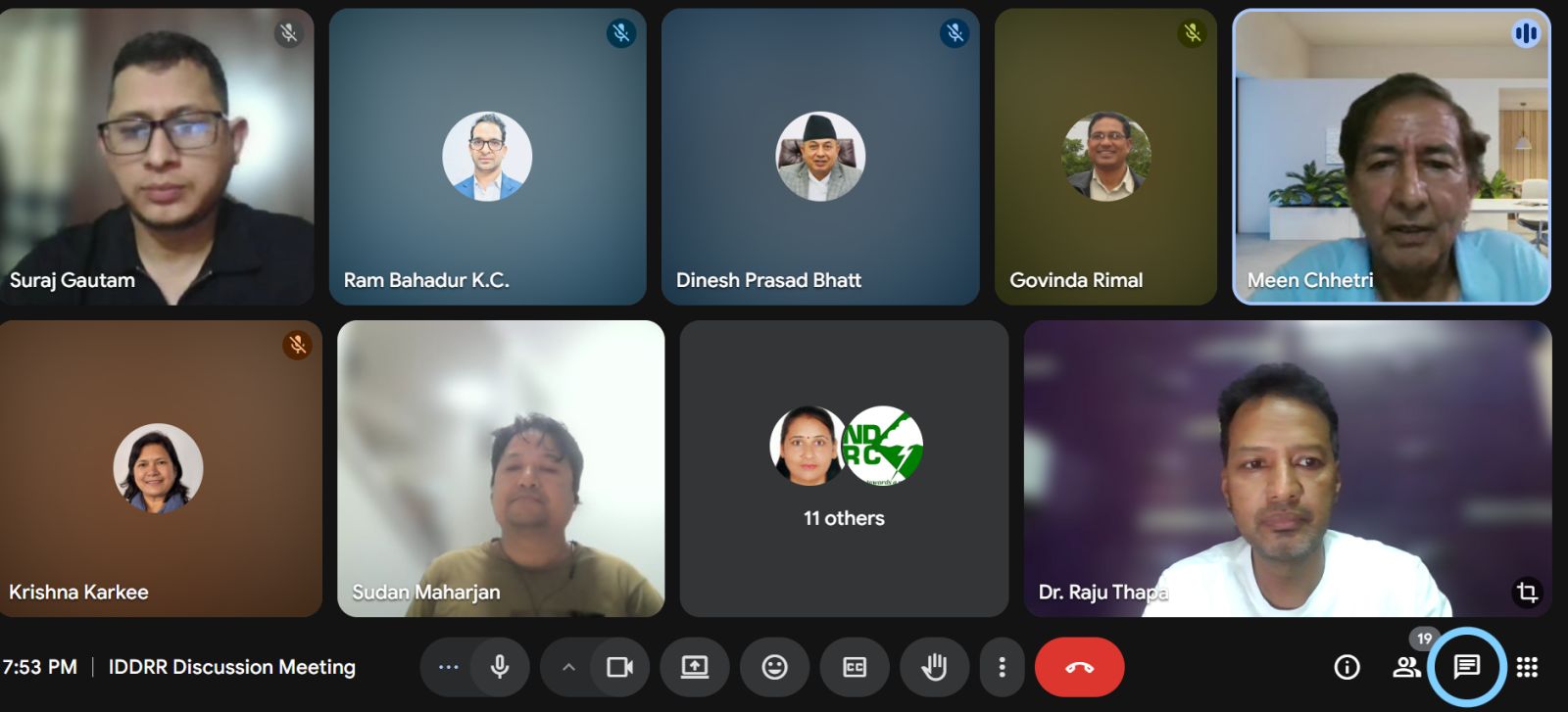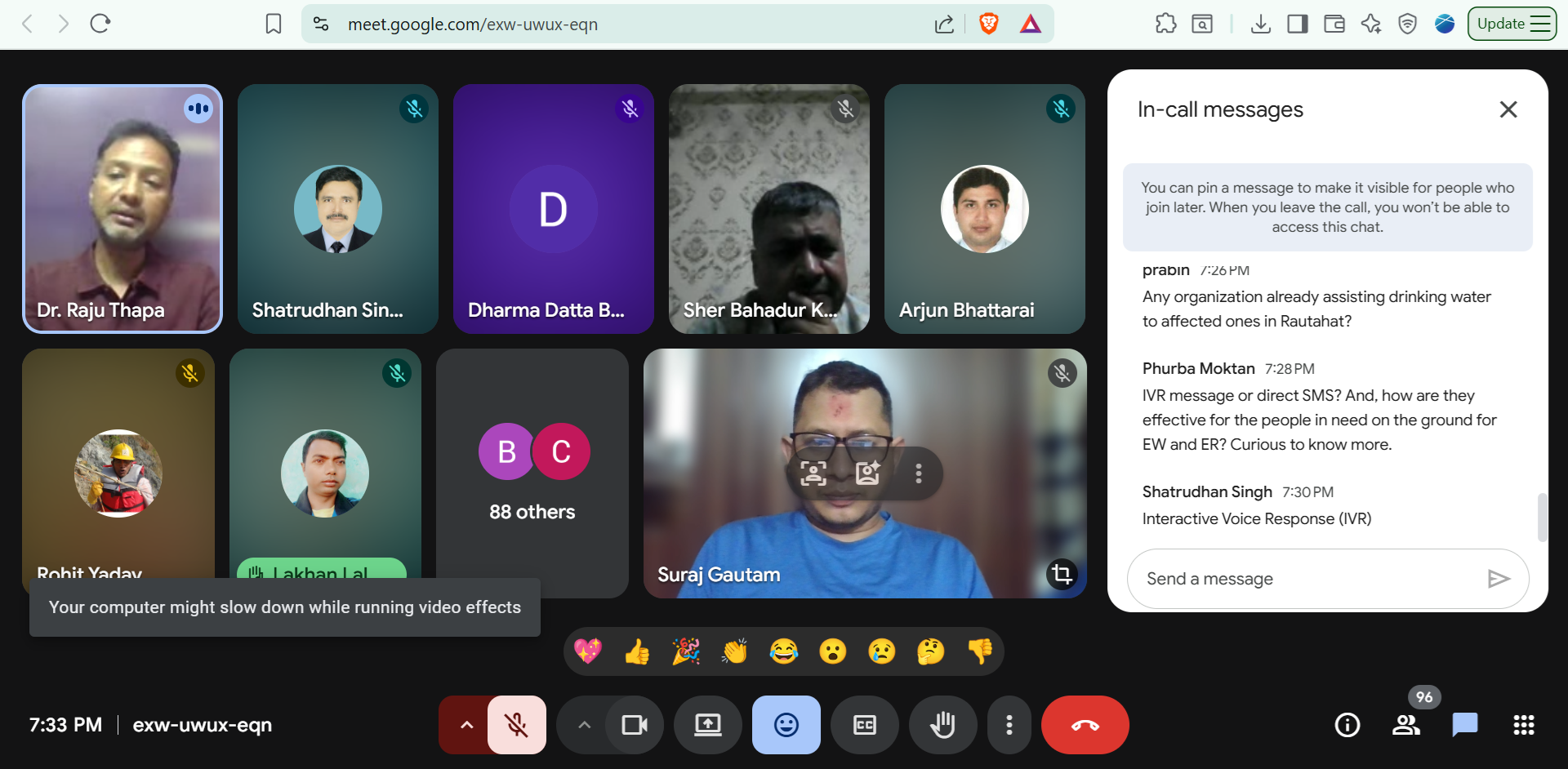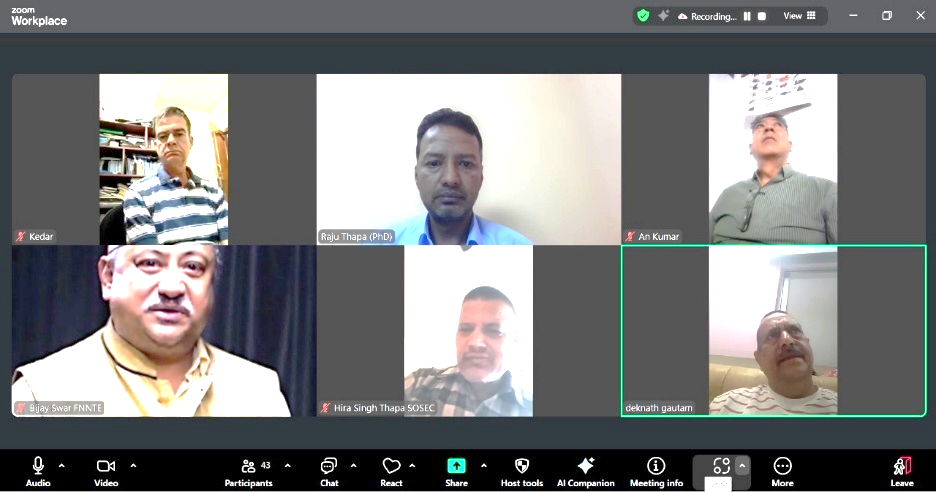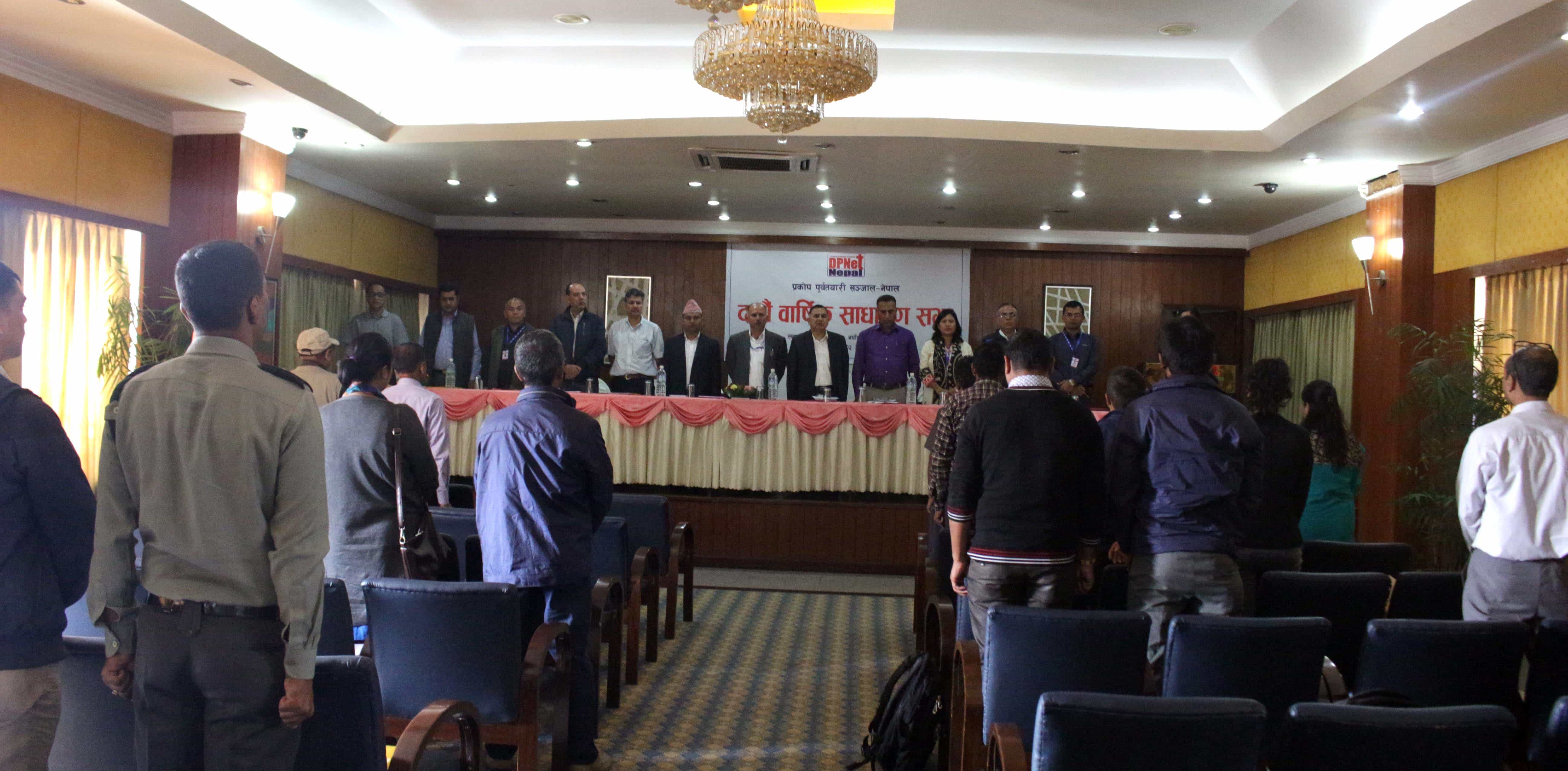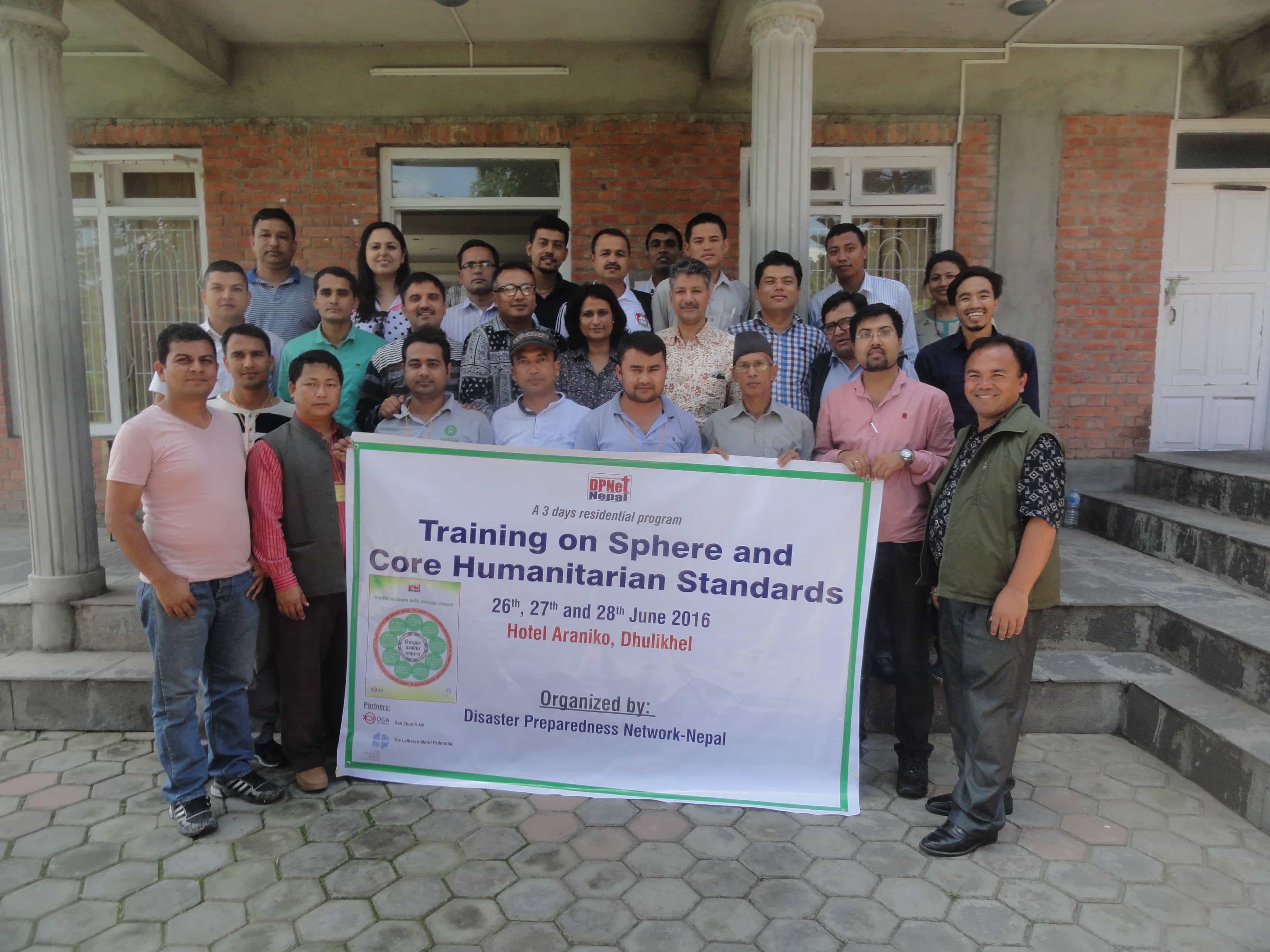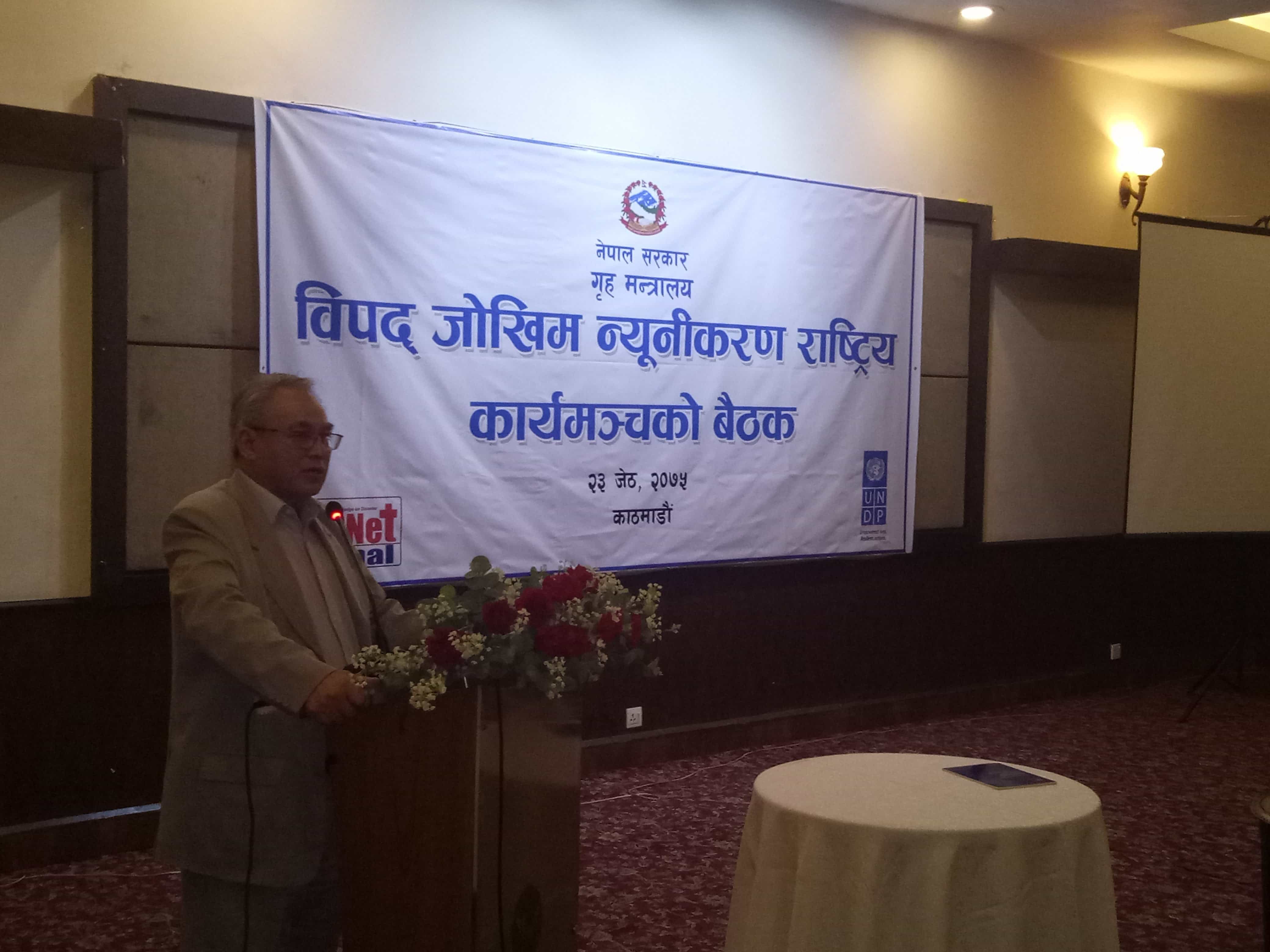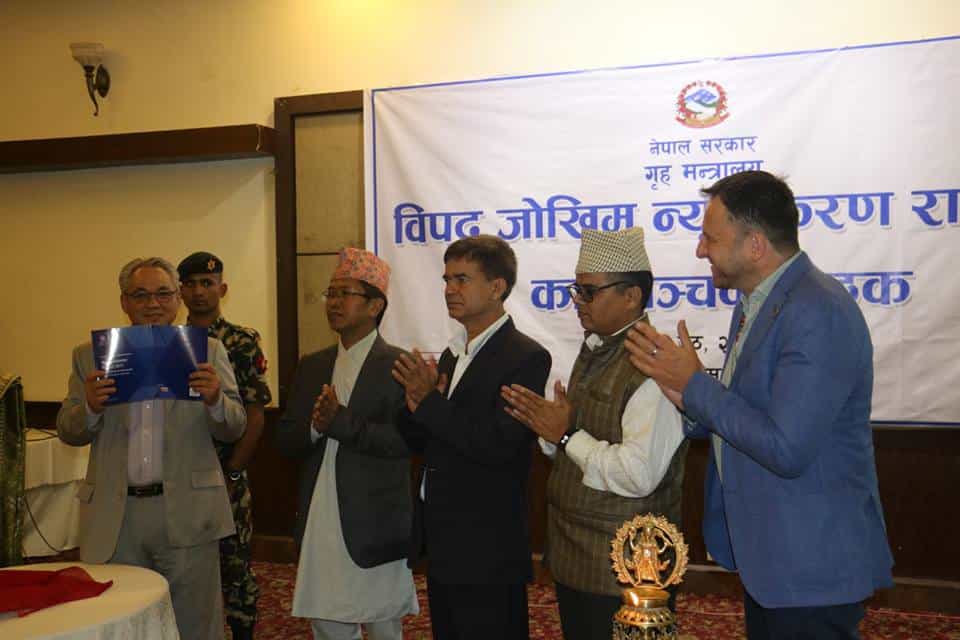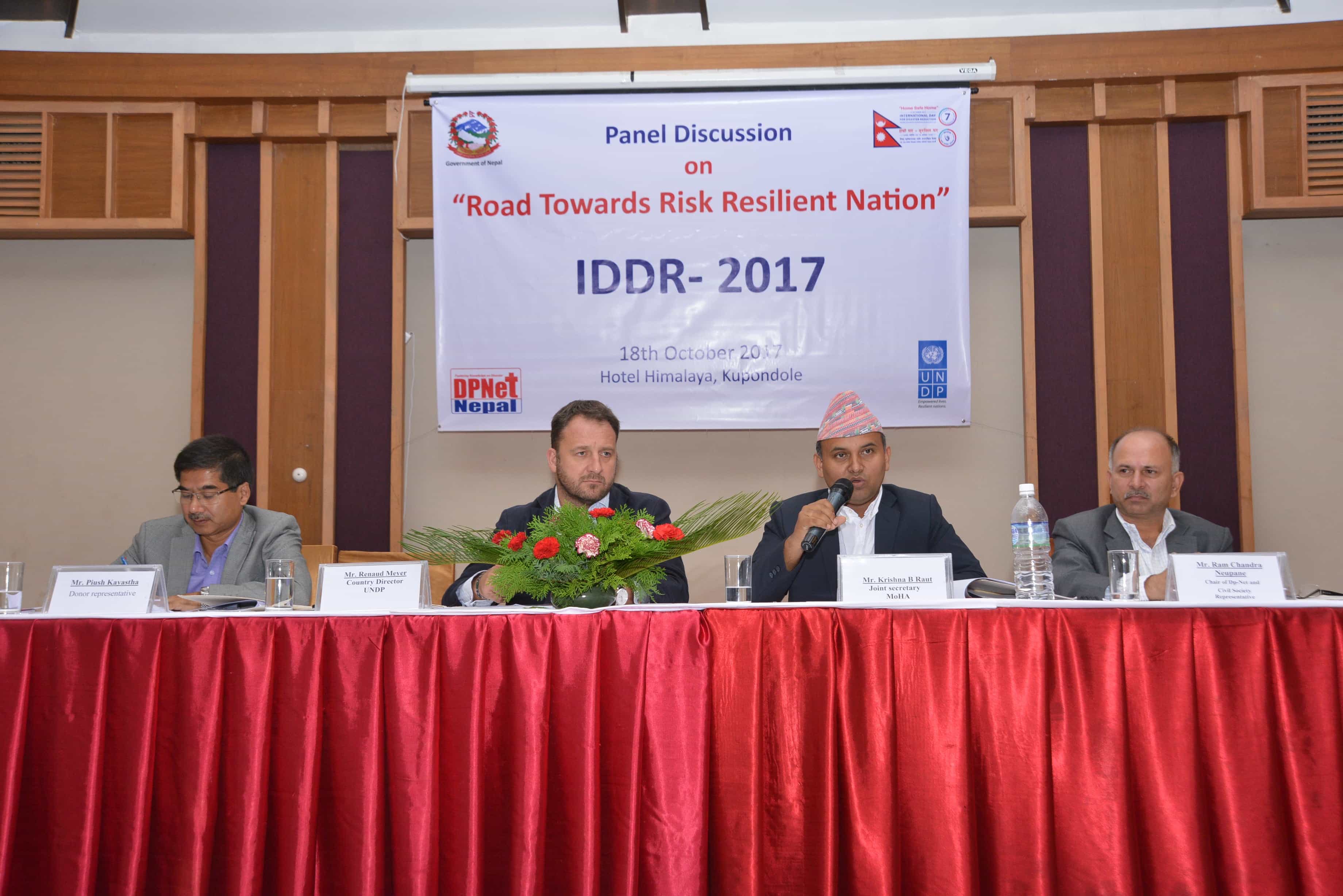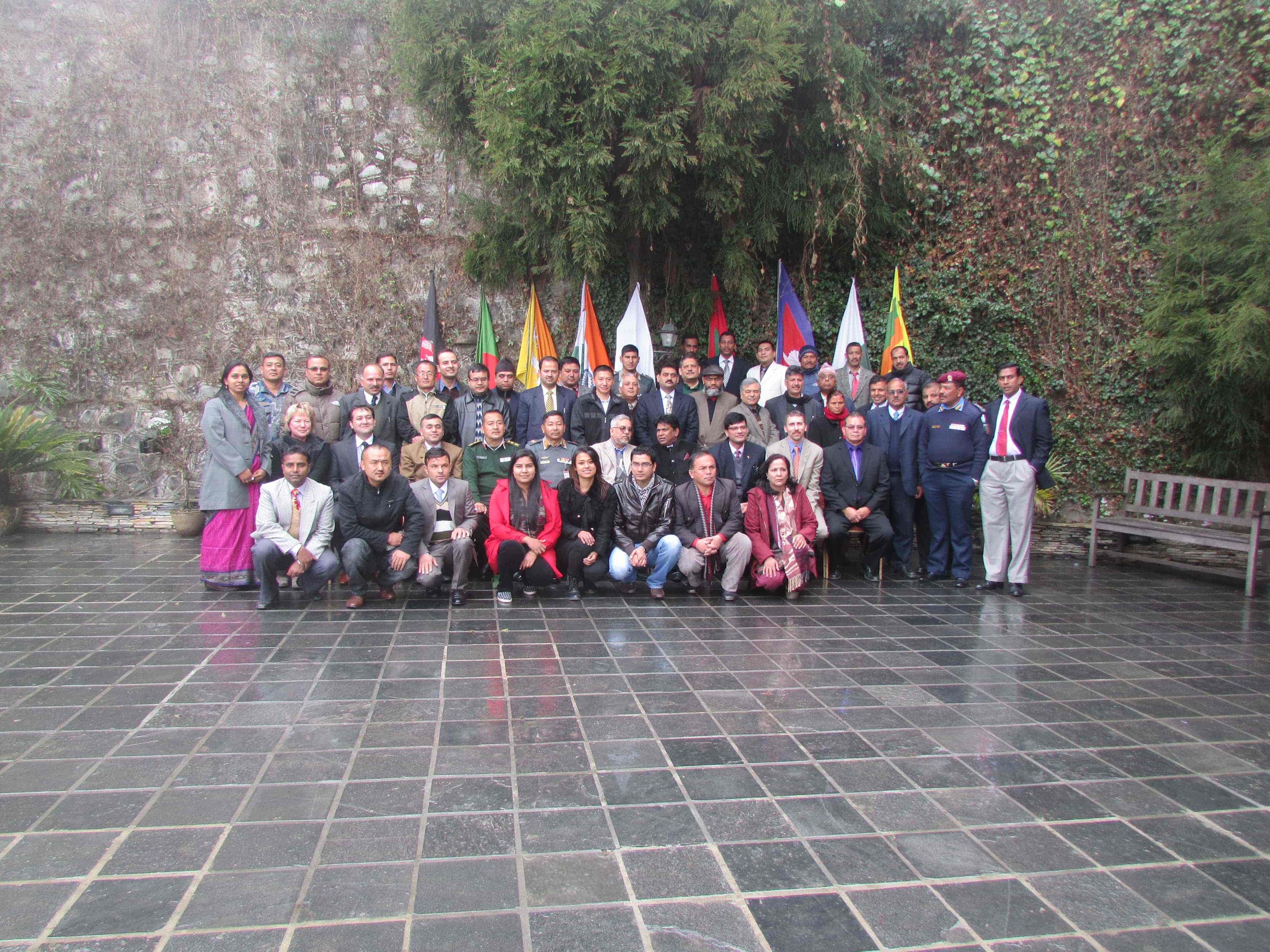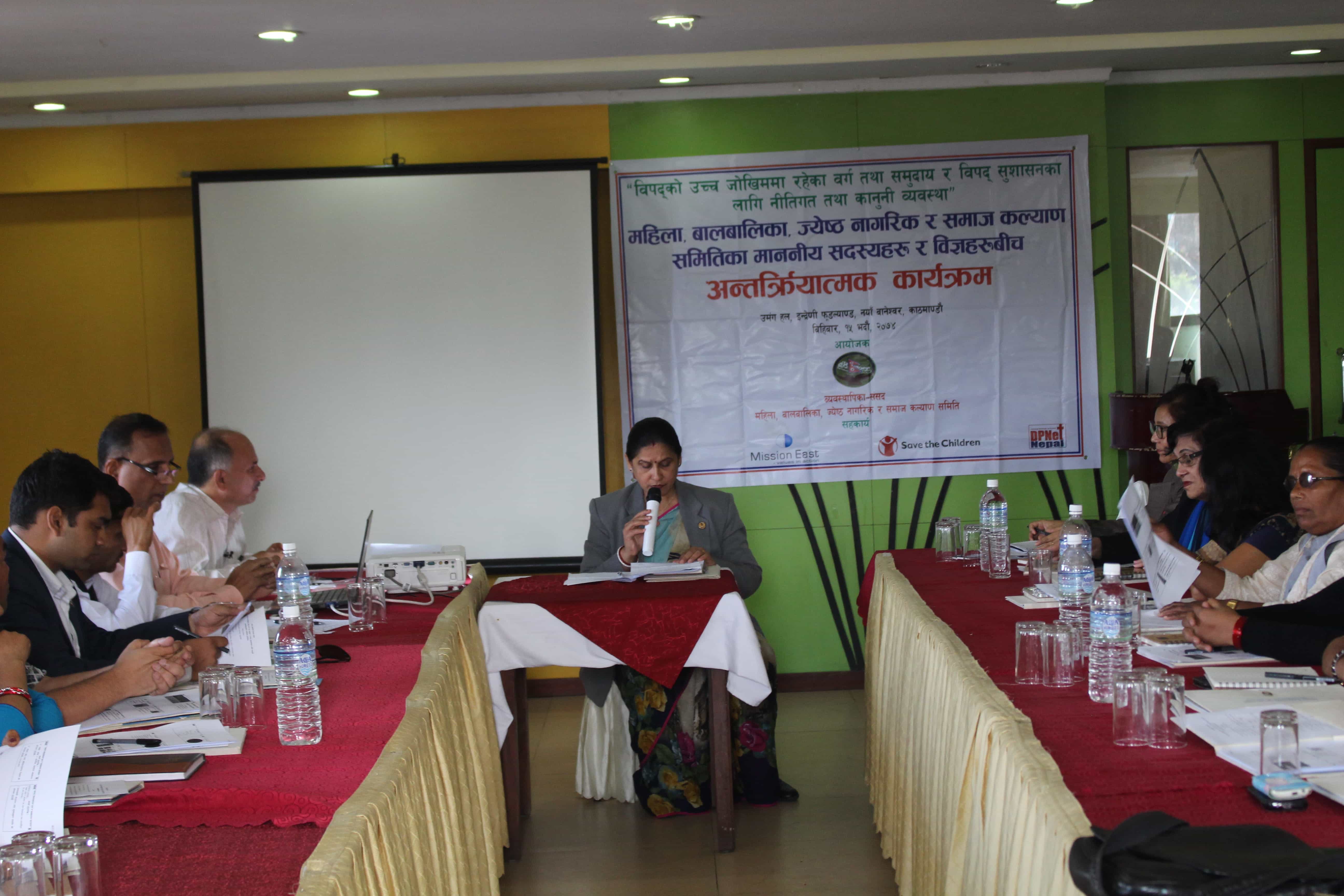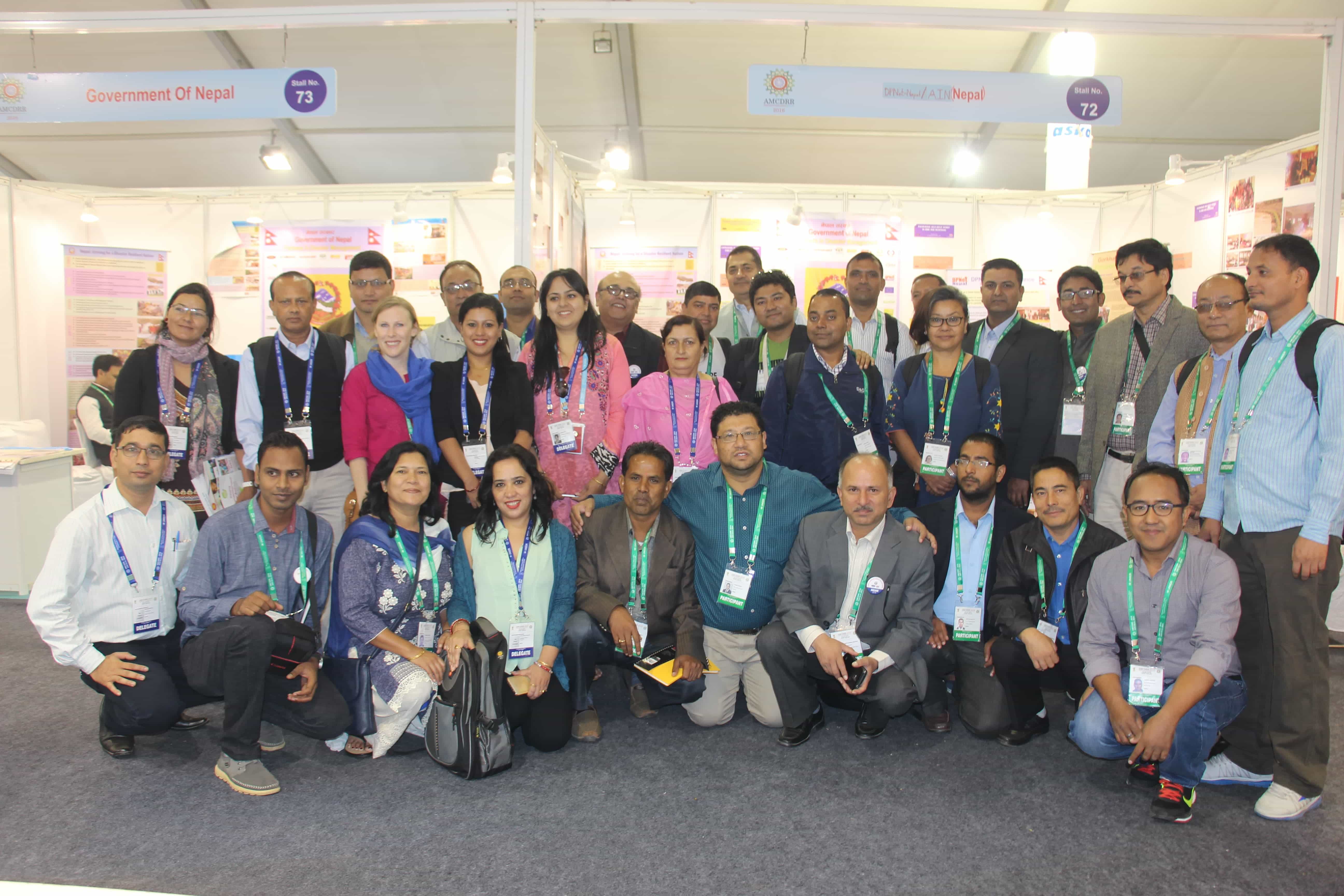Discussion on Minimum Standards for Education: Preparedness, Response, Recovery
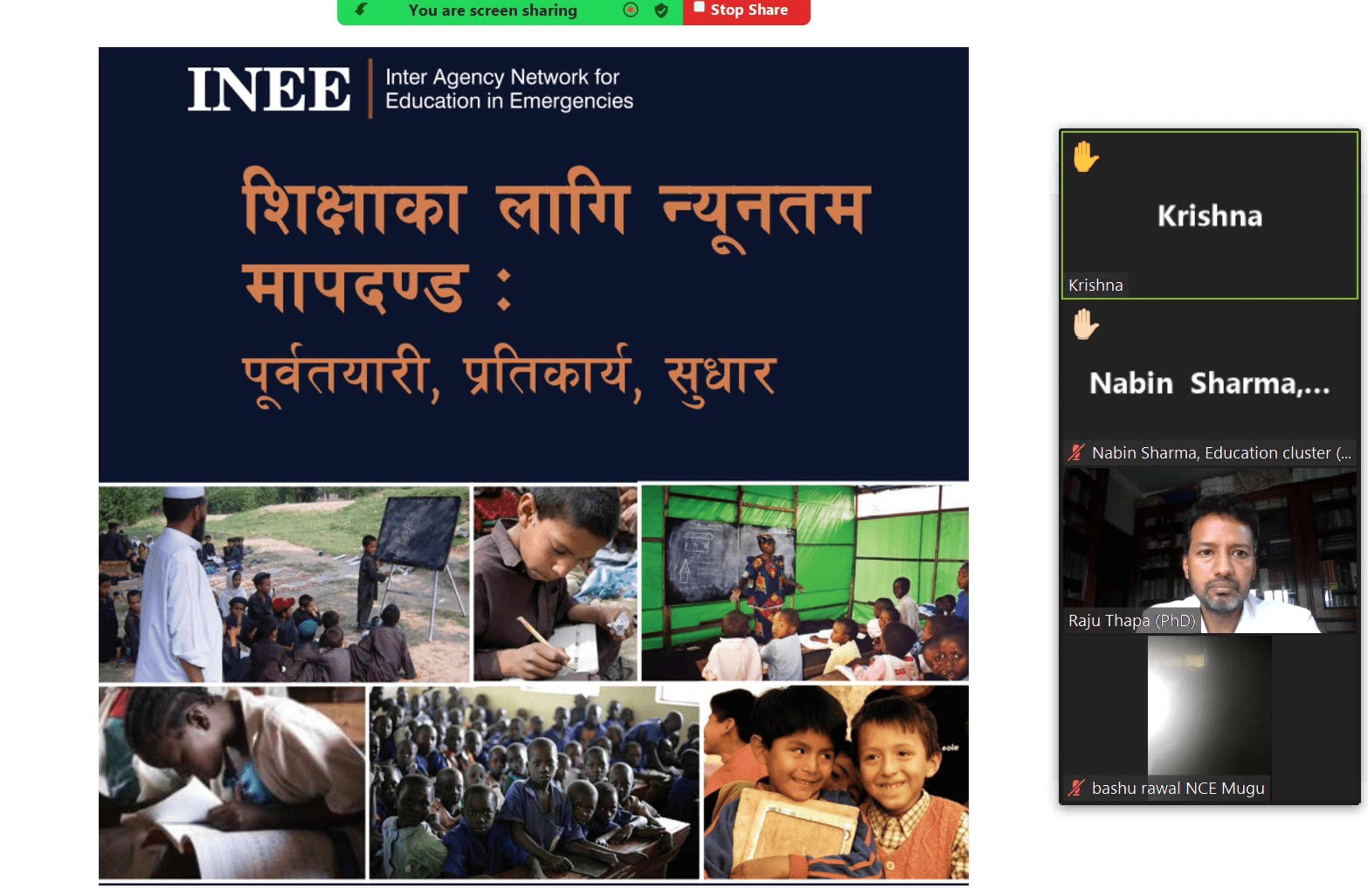
DPNet Nepal organized a virtual discussion session on "Minimum Standards for Education: Preparedness, Response, Recovery" on October 4, 2023, via an online platform. Serving as the Focal Point for the Sphere Standard in Nepal, DPNet collaborated with the National Campaign for Education (NCE) and Save the Children to organize this virtual discussion program focusing on Minimum Standards for Education in Nepal.
Dr. Raju Thapa Acting Chairperson of DPNet initiated the program by welcoming everyone. Dr. Thapa talked about the 28-year-long history of DPNet Nepal being active in the DRR field. Additionally, he emphasized that DPNet Nepal has gained many International members along with a focal point of Sphere for Nepal. The sphere is of the International standards in the Humanitarian sector during the time of disaster initiated in 2000 which was amended in 2004, 2011, 2018, and in another amendment process. The four technical areas of the Sphere Handbook include WASH, Food security and nutrition, Shelter and settlement, and Health. This standard provides minimum standards for the people in disaster-affected areas like providing 2100 K/Cal food per person, 4.5 square meters for shelter, 2.5-3 liter drinking water, and more than 7 liters of water for other purposes per person.
Dr. Thapa explained that this 500-600-page handbook may not cover all the aspects of disaster management comprehensively. Therefore, it is enhanced by providing specific sections tailored to each sector’s needs. For instance, organizations focusing on food can refer to the food standard section, and so on which ensures that minimum resources can meet the minimum requirements for individuals affected by disasters. However, it’s essential to note that this handbook, on its own, is not a complete document but is complemented by eight companion standards. Education in emergency situations is one of the critical standards highlighted by Dr. Thapa. Its significance became evident following events like the 2015 earthquake and the COVID-19 pandemic. In Nepal, lightning strikes cause the annual death of approximately 100 people. To prevent such disasters in schools and protect children, schools and concerned agencies need to allocate funds ranging from 40,000 to 50,000 to enhance safety measures and save students’ lives. Additionally, incorporating the Minimum Standard in Education in Emergencies (MSEE) into projects adds value and increases the likelihood of project success. According to Dr. Thapa, connecting education with disaster management and implementing these principles in our projects and learning processes is imperative. He explained that there is an opportunity to engage bilateral and multilateral partners by demonstrating how education can be integrated into the humanitarian and disaster sectors which foster collaboration and support for initiatives that aim to improve disaster resilience and response through education.
Mr. Prajwal Khatiwoda from Save the Children, in his presentation, discussed the collaboration between Save the Children and UNICEF in Nepal to support education initiatives. Their efforts align with the government's priorities, which include ensuring the rights of children and promoting quality education as part of Sustainable Development Goal 4. Mr. Khatiwada explained that their focus extends to areas such as school safety, capacity building at various government levels, and playing a crucial role in leading the Nepal education cluster, which is involved in both regular development and humanitarian response activities.
Mr. Khatiwoda explained that the cluster system was introduced in Nepal in 2008 after the Koshi flood. Its primary goals are to ensure equitable and accessible resource distribution, reduce duplication of efforts, and enhance preparedness and response during emergencies. Currently, the education cluster comprises 45 organizations within the federal education group, with 13 actively involved in reporting. Their main objectives include addressing education during emergencies, advocating for the right to education, and collaborating with the government on policy development. The cluster operates across all seven provinces, 58 districts, and 362 municipalities, involving 3 UN agencies, 23 INGOs, 9 NGOs, 8 education networks, and government entities. Their response capacity can reach up to 61,000 children. To support education during disasters, the Nepal government has allocated a contingency budget of 20 Million to each province, 10 million at the federal level, and a total of 332.2 million at 753 local levels. The cluster has developed various contingency plans tailored to different types of disasters. Additionally, Mr. Khatiwoda highlighted the Education Management Information System (EMIS), which serves as a central information system within the government. However, its utilization currently stands at just 5%. He emphasized the importance of raising awareness about this tool, as it has the potential to enable schools to instantly share critical information and requirements during times of disaster.
Mr. Sanjeeb Shakya from Save the Children, emphasizes the urgency of addressing the educational needs of children during disasters, highlighting that they cannot afford to wait. Ensuring the continuity of education is of utmost importance, especially considering the risk of child trafficking and the risk of engaging in other illegal activities and to ensure that education remains uninterrupted throughout the recovery process. Looking back at the post-earthquake context, Mr. Shakya elaborate that the response involved several phases. Initially, temporary learning centers were set up using bamboo and plastic structures as immediate interventions. After six months, transition centers were established, featuring CGI Sheet and bamboo, with additional winterization measures for the cold season. Within a year, permanently cemented buildings were constructed. Furthermore, educational materials, teacher support, and recreational equipment were provided to the children.
Mr. Ram Bahadur Gurung, Advisor DPNet during his presentation, highlighted the need for education in emergencies and INEE’s commitment to tackling the difficulties associated with preserving education and schools during emergencies to prevent student dropout. He emphasized the crucial requirement for psycho-social counseling, which should extend to students, teachers, and parents alike. Mr. Gurung pointed out that during emergencies, the government and humanitarian aid organizations tend to prioritize the provision of food, shelter, and essential supplies, often neglecting the critical need to ensure that children's education continues without interruption.
Open Floor Discussion:
Mr. Nitin Naren Singh from People in Need emphasized the need to work on crosscutting themes in Education mainstreaming emergencies including Climate Change Action and DRR along with health and nutrition programs, and psychosocial support. He further stressed the need to enhance safe learning prioritizing distance learning during emergencies.
Ms. Sumitra Sharma stressed that since children are vulnerable during disasters and Rupandehi is a disaster-prone area, there is a need to educate school children regarding safety measures during disasters to minimize the risk of casualties.
Mr. Krishna Ghimire emphasized the need to disseminate and implement the SIP as it provides guidance regarding vulnerability, and capacity and aids in minimizing the risk. Furthermore, the School Sector Development Plan (SSDP) is being revised under which the Comprehensive School Safety Framework (CSSF) has been in action since 2016. While it consists of three pillars currently, the revised document will consist of 4 pillars mainstreaming the schools’ responsibility in managing disaster risk. He further emphasized the need to capacitate and aware teachers and students regarding psychosocial aids.
Mr. Kedar Neupane, Former Secretary of the Government of Nepal highlighted that since the students have been victims and largely affected during disasters, saving them from casualties has been a major concern now. He emphasized the need to segregate the roles of all the tiers of government in mainstreaming the education sector in Disaster. Even the school buildings are not earthquake-resistant in Nepal which increases the probability of casualties, therefore there is a need to work on this issue along with building safe evacuation centers separately. In addition to this, Kit distribution, proper information dissemination, and capacitating the students and teachers have been emergent along with mobilizing immediate responders in schools.
Mr. Dal Bahadur Bishwokarma emphasized the need to focus on immediate response and rescue of vulnerable children by prioritizing the areas with low HDI. He added the need to intervene, prepare, and respond viewing disaster through the lens of the societal construct of the vulnerable and affected areas.
Ms. Rama Dhakal from FWDN highlighted the need to mainstream children with disabilities while talking about marginalized groups. Since children with disabilities fall under the most vulnerable population in the HDI, prioritization should be given to assess their needs on the basis of their differences. Emergency response and preparedness should be deliberated according to the needs of the children with disabilities to ensure their safety. She further added the need to educate people on this important issue.
Mr. Deo Narayan Yadav emphasized the importance of assessing the issues and needs from the grassroots level to address those effectively.
Mr. Rajendra Pahadi, Chair of NCE emphasized the need for coordinated efforts of the concerned bodies for mainstreaming education in the disaster scenario. He further added the prospect of providing scholarships for students belonging to lower-income families and marginalized communities. In addition to this, he emphasized the need to reflect on the education scenario of Nepal and move forward in linking it with disaster.
